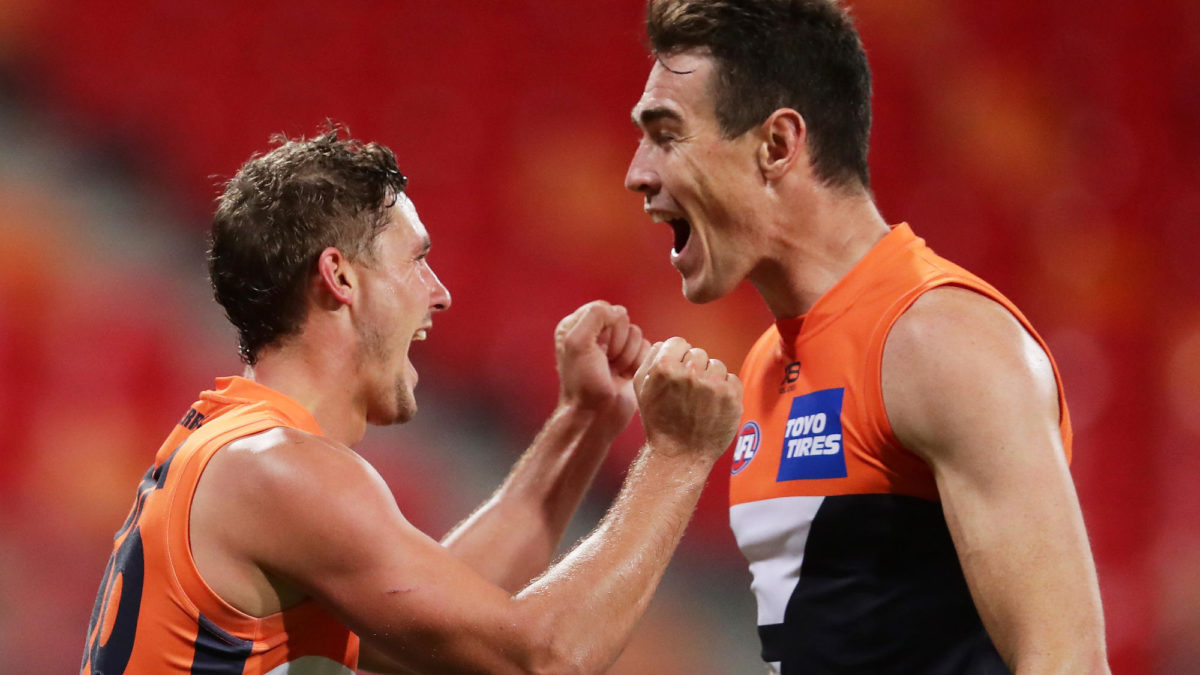Callums_Guns
Community Leader
- Feb 26, 2019
- 19,230
- 37,219
- AFL Club
- GWS
- Moderator
- #76
Follow along with the video below to see how to install our site as a web app on your home screen.
Note: This feature may not be available in some browsers.
I'll admit I wasn't actually a Butters fan back then (IIRC I liked Rozee & Smith who were both going to go before our picks, then Jordan Clark, Xavier Duursma & Xavier O'Halloran), - but I was wrong and in hindsight I wish we had managed to get Butters; would have been fantastic for us on a wing. Never big on Jackson I'm afraid, but we now need to work out how to maximise his strengths.And with respect to Hately the one he really wanted was Butters, he was gutted when Port swooped on him.

